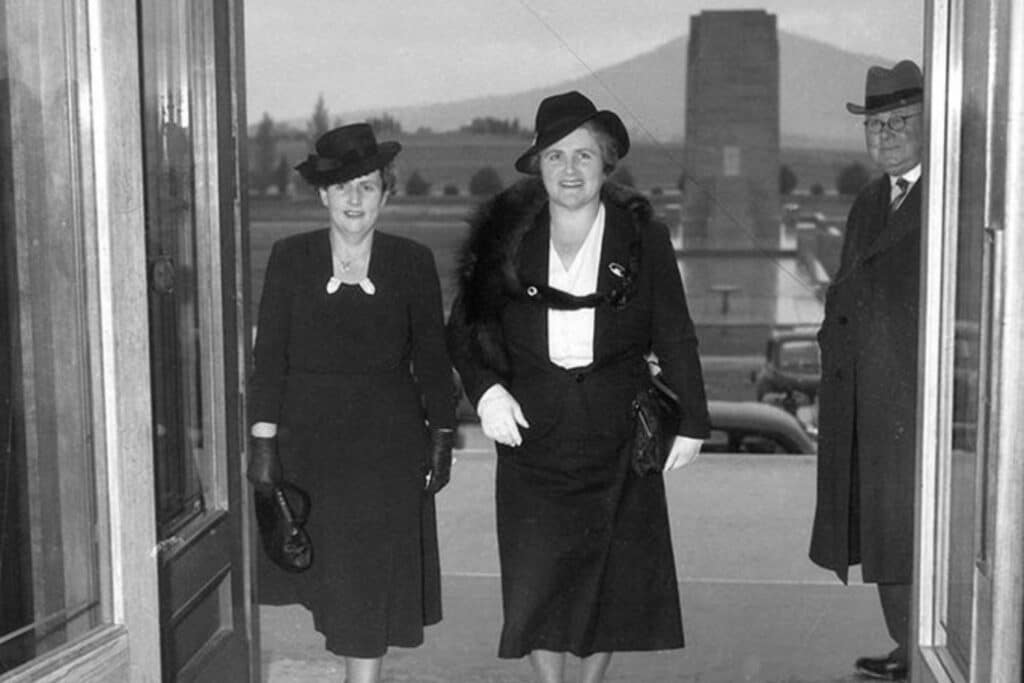Women politicians now comprise nearly half of elected politicians in Australia, according to reports from the Australian Bureau of Statistics.
The number of female politicians has increased from 40 per cent in 2011 to 46 per cent in the 2021 Census data.
The ABS published the statistic on social media yesterday, on the 80th anniversary of the first Australian women elected to Federal Parliament.
On August 21, 1943, Dame Dorothy Tangney from Western Australia was elected to the Senate. In the same election, Dame Enid Lyons won the Tasmanian seat of Darwin (now Braddon).
Dame Dorothy Tangney (1907-1985) was born in North Perth, Western Australia, to parents who were heavily involved with unionism and the Labor party. She enrolled at the University of Western Australia as a part-time student at just 16 years old.
Working in schools as a teacher’s assistant, Tangney founded several advocacy groups for disadvantaged and unemployed youths. In 1936, when she was 29 years old, she ran for her first political seat, the State seat of Nedlands for the Australian Labor Party.
Tangney’s run was unsuccessful in 1936, and after trying and failing to win in 1939 and 1940, she won in a landslide Labor victory in 1943. She was a 36-year-old single woman, and Australia’s first woman senator.
Tangney was known for her strong advocacy for improved social services and housing, education, free university and equal pay and opportunity for women.
Dame Enid Lyons (1897-1981) was from Duck River (Smithton), Tasmania. At 15 years of age, she met former Australian prime minister Joseph Aloysius Lyons, whom she would marry two years later in 1915. Joseph was 35 and Enid was 17.
Seven years later, in 1922, Enid was a mother of six children. But this didn’t stop her from taking charge in Tasmanian election campaigns, and encouraging women to do the same. While her husband became the premier of Tasmania before switching to Federal politics in 1929, Enid was closely involved; she even ran herself for the seat of Denison in 1925, which she lost by just 60 votes.
The pair broke away from the Labor party in 1931 and joined the United Australia Party. When Joe became Prime Minister of Australia in 1932, he acknowledged the support of his wife: “Whatever honours or distinctions come are ours not mine.”
Joe Lyons held office until his death in 1939. Despite being a single mother of now 12 children and grieving the loss of her husband, Enid’s daughter encouraged her to run for a seat in the House of Representatives, which she did successfully in 1943. She was known for speaking in the House of Representatives on pensions, housing, domestic economic, maternity services and more.
In her maiden speech to the House of Representatives, she said a woman in the public sphere must “justify herself not as a woman, but as a citizen.”
Dame Dorothy Tangney and Dame Enid Lyons paved the way for women in politics, which is gaining ground towards gender parity.
Over half of Albanese’s Labor government (53 per cent) are women, becoming the first Australian Commonwealth Government in history to be majority women.
The current Australian Federal Cabinet also has the largest number of women in history, with 10 out of 23 female ministers (43 per cent).


